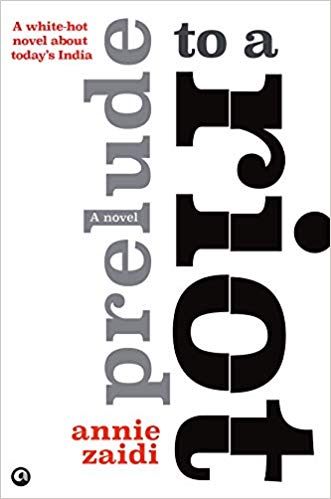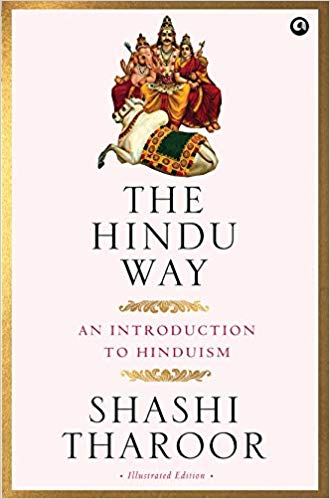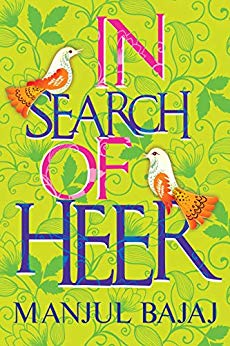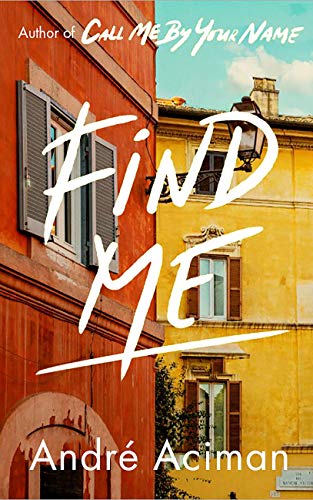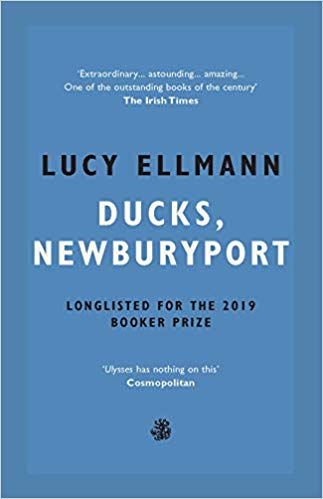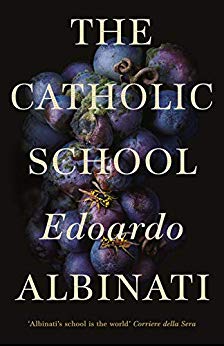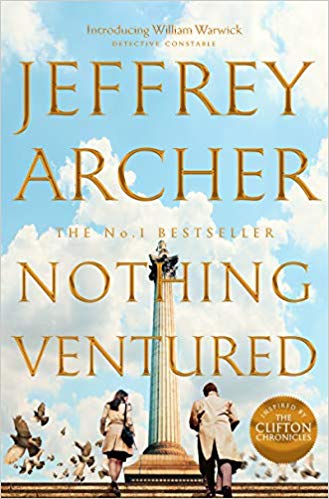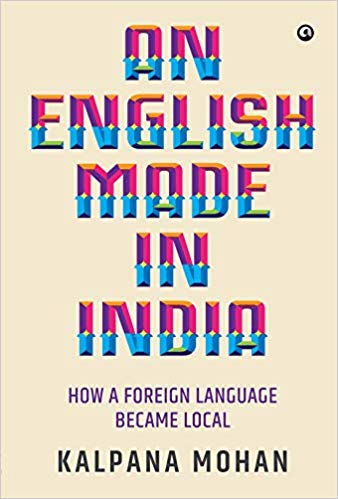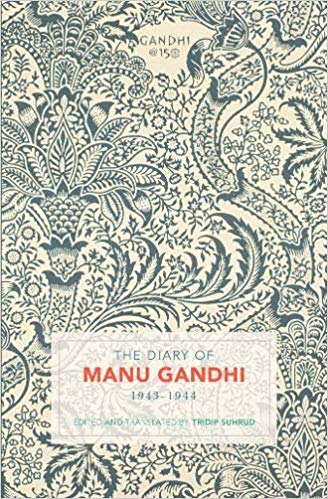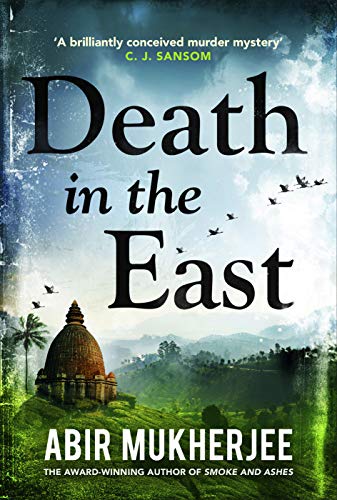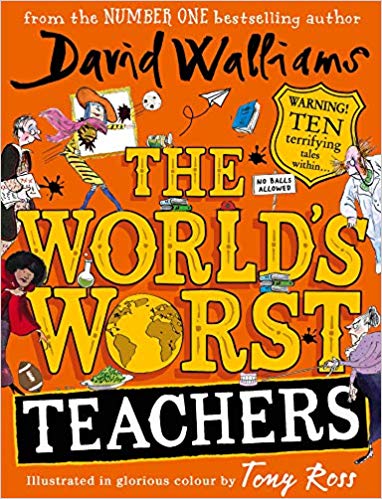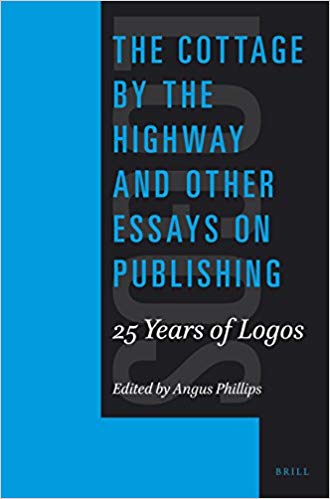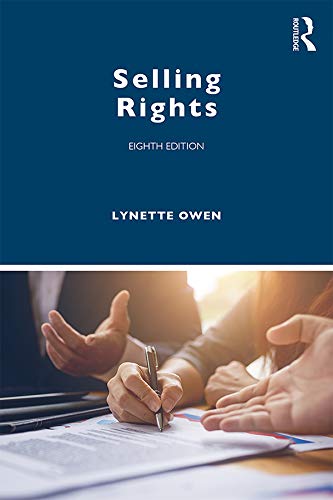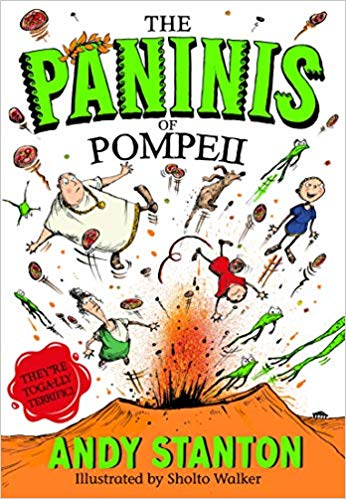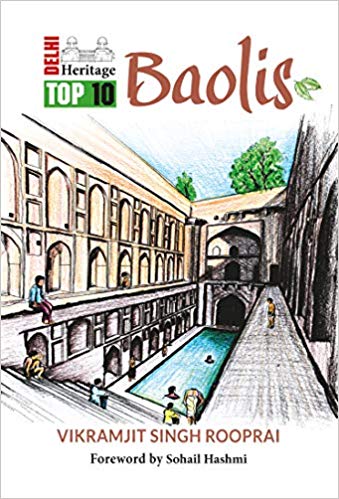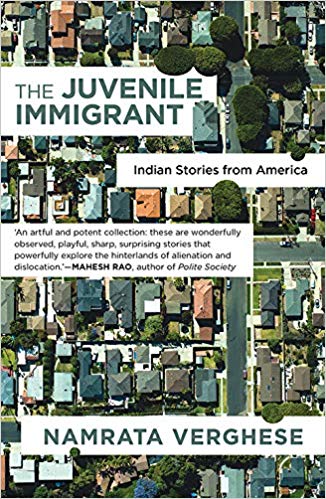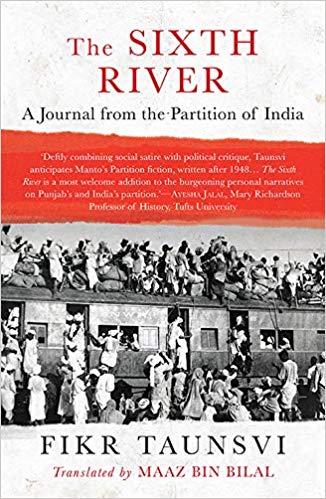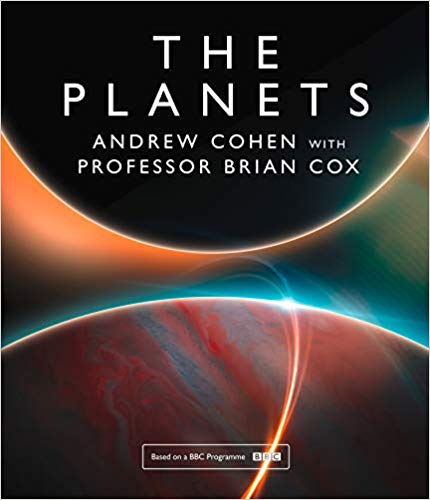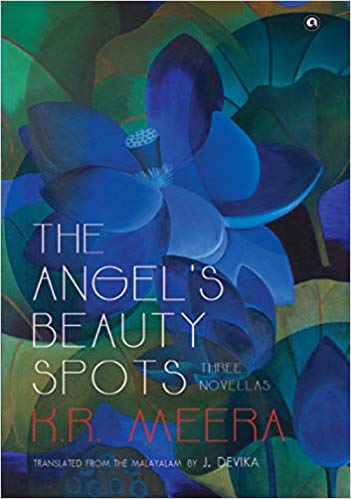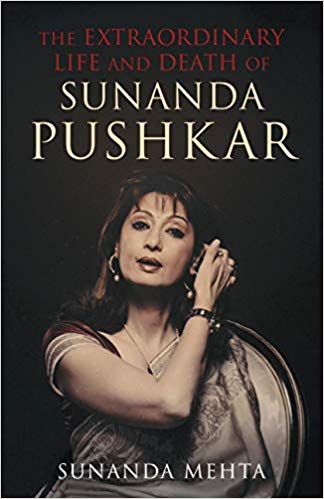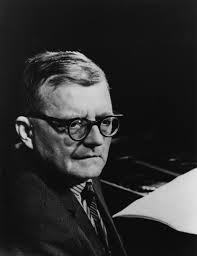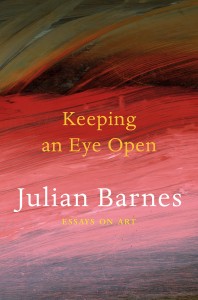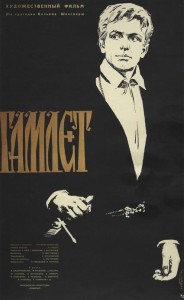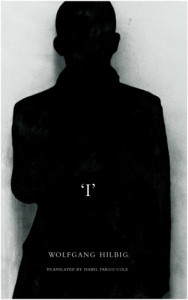 My monthly column, Literati, in the Hindu Literary Review was published online ( 6 September 2014) and in print ( 7 September 2014). Here is the url http://www.thehindu.com/books/literary-review/literati/article6386263.ece. I am also c&p the text below. The post from Malorie Blackman’s Facebook wall has been used with her permission.
My monthly column, Literati, in the Hindu Literary Review was published online ( 6 September 2014) and in print ( 7 September 2014). Here is the url http://www.thehindu.com/books/literary-review/literati/article6386263.ece. I am also c&p the text below. The post from Malorie Blackman’s Facebook wall has been used with her permission.
The 10-book challenge
There is a 10-book challenge circulating on Facebook. The idea is to put together ten books that have stayed with you as a reader. Reading the lists circulating on posts is an interesting exercise. There were the expected names such as Enid Blyton, P. G. Wodehouse, Jane Austen, William Golding, Graham Greene, Sue Townsend, Gerald Durrell, Ogden Nash, Ayn Rand, Henry Miller, Mary Stewart, L. M. Montgomery, Coetzee, Julian Barnes, J D Salinger, Harper Lee, Toni Morrison, Charles Dickens, Seamus Heaney, Douglas Adams and Michael Ondaatje. Those from or of South Asian origin included familiar names such as Vikram Seth, Arundhati Roy, Upmanyu Chatterjee , Rokeya S. Hossain, Rohinton Mistry, Khaled Hosseini, Mohsin Hamid, Khushwant Singh, Amitav Ghosh, Salman Rushdie, Jamil Ahmed, Arun Kolatkar, Kiran Nagarkar and Qurrulatain Hyder. In translation there were a handful, many repeated often–Sukumar Ray, Saratchandra Chattopadhyay, Bibhutibhushan Bandopadhyay, Gabriel Garcia Marquez, Carlos Fuentes, Haruku Murakami, Franz Kafka, Umberto Eco, Marjane Satrapi, Nikos Kazantzakis, Fyodr Dostoevsky, Orhan Pamuk, Mario Vargas Llosa, Leo Tolstoy, and Roberto Calasso. Surprisingly Shakespeare, Valmiki’s Ramayana, The Bible, Hermann Hesse, Khalil Gibran, C. S. Lewis, Roald Dahl, Agatha Christie, A. A. Milne, Hemingway, Neil Gaiman, Goscinny and Uderzo’s Asterix and Obelix series, Herge, Bill Watterson, J.K. Rowling, Philip Pullman, J. R. R. Tolkein, Henry James, Oscar Wilde, Lewis Carroll, Paulo Coelho and J. M. Barrie were not mentioned as often as I expected them to be. ( The names have not been listed in any particular order.) These catalogues are useful since they remind us of what makes “classic” literature. Yet there are deafening silences. I scoured lists from different regions, hoping to discover authors and books popular in those cultures—these could be in translation or different categories, titles that are rarely heard of overseas; it was not to be. Majority of the titles mentioned were of internationally established household names.
These games have their uses. Many authors are discovered through conversations. At the same time vast amounts of literature are not easily recalled. For instance, literature in other languages apart from English was rarely acknowledged and women writers continued to be in a minority. Children’s literature too was not often referred to all though many lists consisted of books read as children. Hence it is not surprising that there has been a call by many international writers to discuss diversity in books–a campaign started in May ( http://weneeddiversebooks.tumblr.com/ ). The hashtag –#WeNeedDiverseBooks and #diversityinbooks—on Twitter is worth reading for examples from around the world, across genres, languages and regions. An unfortunate fallout of this campaign was the racial abuse Malorie Blackman, Children’s Laureate ( 2013-15) faced in UK. As she wrote in a Facebook post “I talked about diversity in literature walking hand in hand with inclusion. I talked about the books for our children being more diverse so that we see more stories featuring children/YA with disabilities, travellers, LGBT, protagonists of colour, diverse religions, classes and cultures. Not once did the phrase in the banner headline pass my lips because I don’t think in those terms.” This was misrepresented in a banner headline as “Children’s books have ‘too many white faces’”. Since then the news corporation responsible for this story has apologized to her on Twitter.
Discovering authors
Nury Vittachi, author and keynote speaker at the recently concluded JumpStart pointed out that three out of four people are Asian or African. So to find the young adult title The Fault in Our Stars by John Green is a bestseller, selling more than 5.7 million copies, is curious. In fact it contributed to the success of Penguin Random House worldwide generating revenues of €1.5bn (£1.2bn) in the six months to June 2014. Surely there are other titles that have been equally well-received by readers, but not so prominent?
Discovering an author is a riddle, paradoxically not easily resolved even in the age of information. Altaf Tyrewala writes “How miserable it must be to want only what one wants. I don’t remember people being so disinterested in the unfamiliar. Folks these days seem annoyed when they encounter something that they haven’t already cross-checked, as if the perpetually connected sizzle of their web-wired lives precludes the possibility of anything still remaining unknown.” (“New and Second-hand”, Engglishhh: Fictional Dispatches from a Hyperreal Nation)
Last week while speaking in a panel discussion to celebrate “Kitaabnama: Books and Beyond” completing one year of programming on Doordarshan television, it struck me this series addresses many of these challenges that affect publishers—diversity, discoverability, and accessing new markets. Kitaabnama’s format of having a conversation in the first half, followed by an author reading in the second half, and allowing it to be multilingual, immediately opens a new world of literature to the viewers.
Today it is possible to discover books in many ways. For instance, Martin Amis’s new novel—The Zone of Interest–a holocaust comedy, set in fictional Auschwitz, failed to interest his regular German and French publishers and it may struggle to find readers overseas. Yet the buzz about it on the internet suggests otherwise. So discoverability and diversity in books is possibly easily overcome with multiple formats to disseminate information about books and access authors.
6 September 2014

